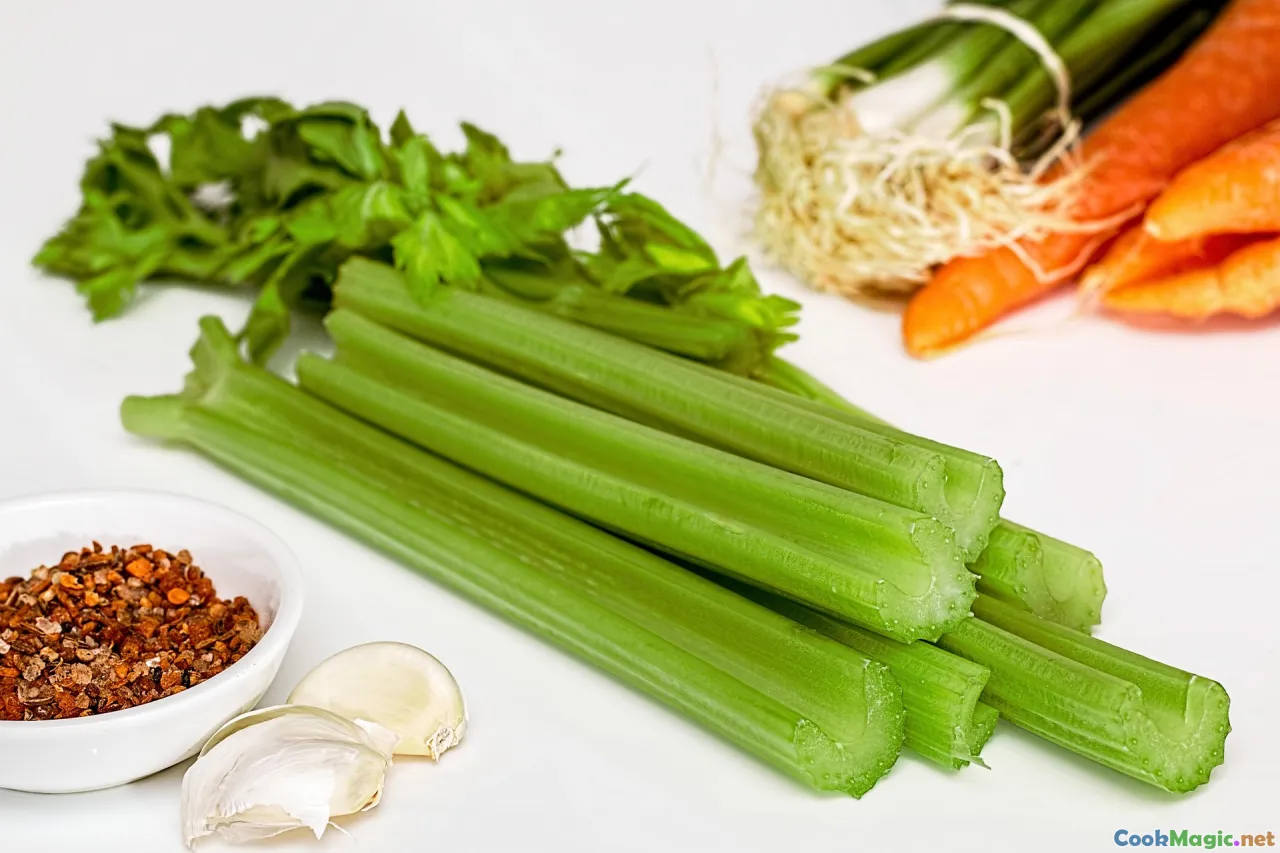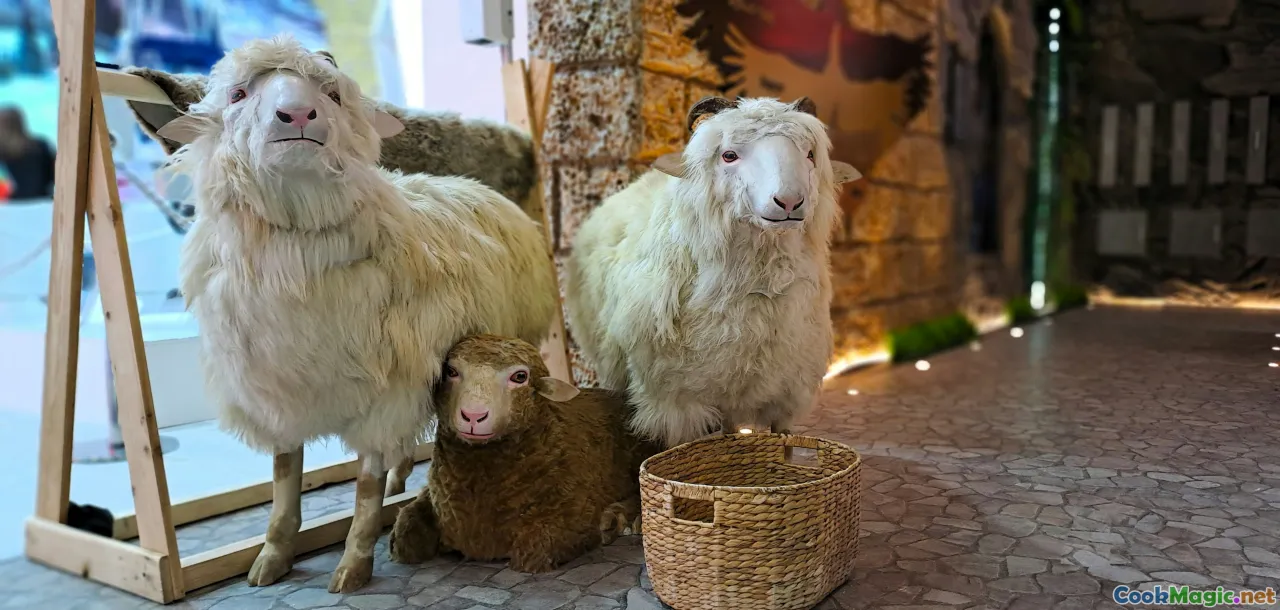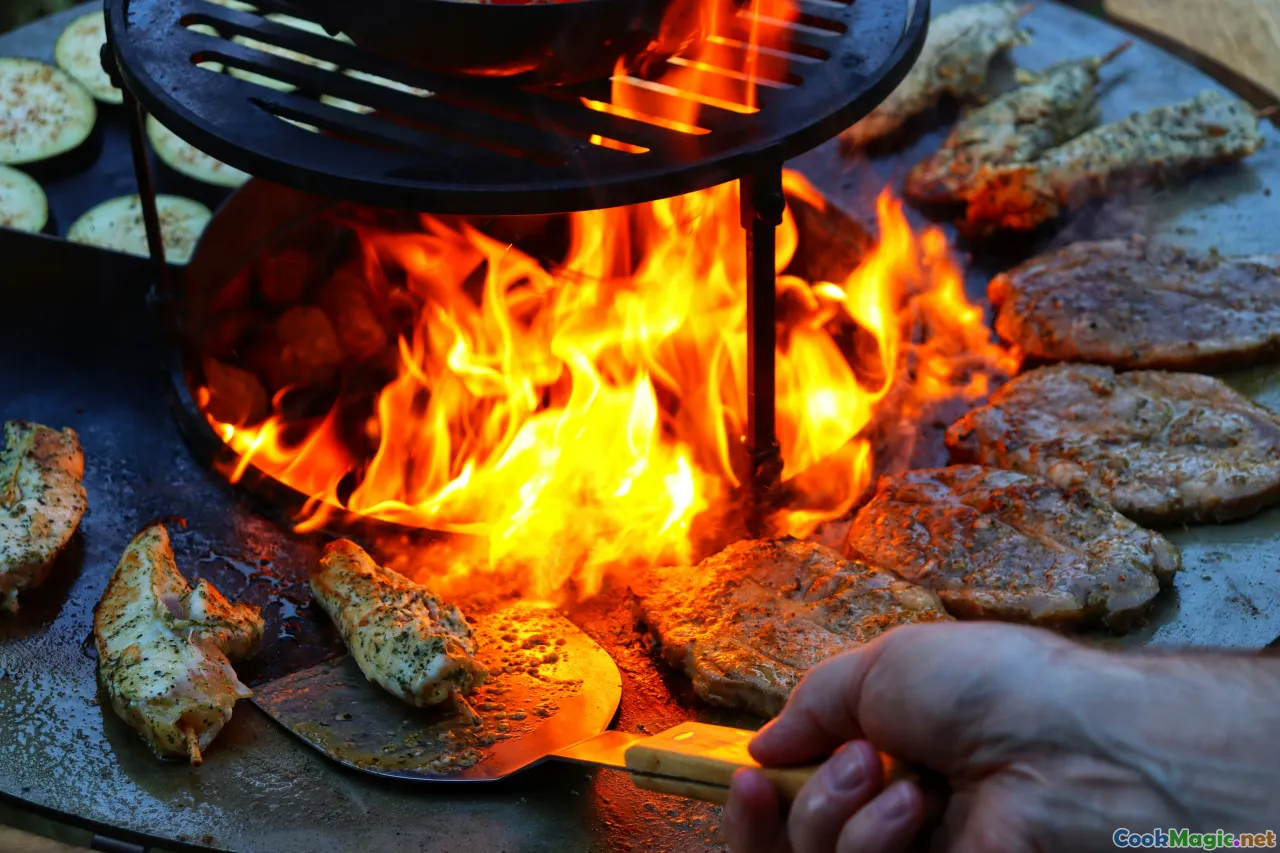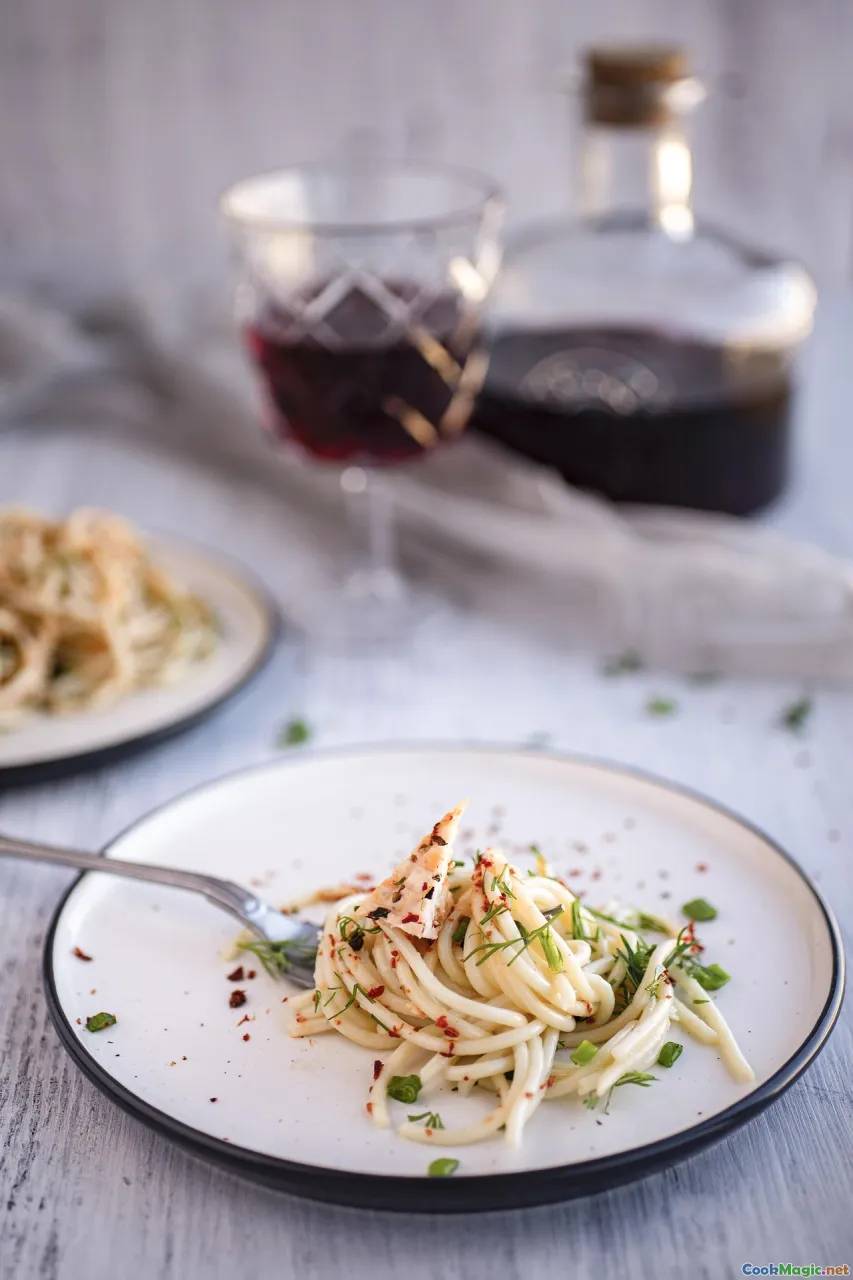Lamb in Andorra Traditional Roasting Techniques
10 min read Explore authentic methods of roasting lamb in Andorra, highlighting traditional techniques and cultural culinary practices. July 18, 2025 06:05
Lamb in Andorra: Traditional Roasting Techniques
Nestled amidst the majestic Pyrenees, Andorra's culinary heritage is a melody of rustic, hearty flavors and time-honored traditions. Among these, the art of roasting lamb stands as a soulful testament to Andorran hospitality and rural craftsmanship. The tender, aromatic meat—infused with mountain herbs, slow-cooked to perfection—captures the essence of Andorra’s pastoral landscape and centuries-old food customs.
In this exploration, we delve into how the traditional roasting techniques elevate lamb into an alpine feast, weaving cultural stories, sensory descriptions, and practical insights for the passionate culinary enthusiast.
The Cultural Significance of Lamb in Andorran Heritage

Long before the advent of modern kitchen appliances, Andorran communities relied on open-flame roasting to prepare their prized lamb. In the fiercely mountainous terrain, sheep herding was a way of life—rich in symbolism and sustenance. The lamb was more than a meal; it was a centerpiece of communal gatherings, festivals, and family traditions.
From the Festa Major to local family reunions in the mountain villages, roasting lamb over fire pits was customary. These occasions weren’t just about nourishment—they celebrated the seasons, honored ancestors, and reinforced bonds rooted deep within Andorran rural culture.
The Selection and Preparation of Lamb

Choosing the right lamb is fundamental. Andorran butchers typically favor young lamb, tender and flavorful, raised in the high-altitude pastures that impart a distinctive grassy richness. The meat's delicate marbling ensures succulence once roasted.
Preparation begins with a simple but essential ritual: marinating with mountain herbs such as thyme, rosemary, and wild garlic, combined with local mountain salt and garlic cloves. This infusion accentuates the lamb’s natural flavors, awakening the senses as aromatic oils seep into the flesh.
Personal tip: Allow the lamb to marinate overnight—this enhanced marbling results in a melt-in-your-mouth experience when roasted.
Traditional Roasting Techniques in Andorra

The Classic Spit-Roasting Method
For generations, the most iconic method involved turning a whole lamb over an open wood or charcoal fire. This technique—calledAssecat de xai—embodies patience, skill, and respect for tradition.**The setup:**A sturdy iron spit is skewered through the lamb, often accompanied by sprigs of aromatic herbs inserted into the cavity. The roast is suspended directly over a bed of glowing embers, with the firewood carefully selected—preferably stone-fruit wood like almond or cherry—to add subtle smoky notes.**The process:**Turning the spit slowly and steadily—taking approximately 2 to 3 hours—ensures even cooking and a deliciously crispy, golden crust. Basting occasionally with seasoned lamb drippings or a marinade brush helps maintain moisture.Sensory magic: As the lamb cooks, the air fills with a rich aroma—crackling crackles and the scent of succulent meat mixed with smokiness—invoking rustic warmth and communal anticipation.
Cooking in a Stone Oven
Another traditional technique involves burying the lamb in a forn—a man-made stone oven. The process involves layering the lamb with roots, herbs, and sometimes potatoes, then sealing the oven and slowly roasting over hot embers.
The advantage of the stone oven is the heat retention and steady, gentle cooking that renders a tender, moist interior with a beautifully caramelized exterior.
The Ritual of Roasting—A Day Task Won from Generation to Generation

In Andorra, establishing a roasting event is almost a communal ritual. The day begins early, gathering firewood, preparing the herbs, and cleaning the lamb with care. The process encourages family involvement—children watching the spit turn or elders narrating tales of past roasts.
The roasting itself becomes a festive affair—the crackle of the fire, the rhythmic turning of the spit, and the aroma that marks the passage of time. It’s an event immersed in patience, storytelling, and shared joy.
Serving the Perfect Roast Lamb in Andorran Style

Once roasted to perfection, the lamb is typically carved tableside. The meat boasts a crispy, herb-coated crust, juicy pink center, and a fragrant aroma promising a sensory delight.
**Accompaniments:**Rustic mountain vegetables—potatoes, carrots, and parsnips—are roasted alongside, absorbing juices and smoky flavors. A side of pa amb tomàquet (bread rubbed with fresh tomato) and local cheeses accentuate the rustic finesse.Presentation: Serve directly from the roasting spit or in large communal platters, symbolizing sharing and togetherness—a hallmark of Andorran hospitality.
Modern Twists and Preservation of Tradition

Today, chefs in Andorra combine ancient techniques with modern culinary trends. Sous-vide lamb followed by a quick outdoor sear recreates the smoky, tender profile—adapted for hotel terraces and fine dining.
Yet, the essence remains rooted: slow-cooked, aromatic, and celebrated with community and care. Many mountain restaurants, like Can Miquel near Ordino, still uphold these traditions, offering tourists a chance to savor authentic xai roasted over open flames.
Tips for Recreating the Andorran Lamb Roast at Home
- Choose high-quality, fresh lamb—preferably from local or well-sourced farms.
- Marinate with mountain herbs and garlic overnight to enhance flavor.
- Opt for wood fires like almond or cherry to imbue a subtle smoky aroma.
- Sear briefly at high heat before slow roasting or turning on a spit for a crispy crust.
- Patience is key—roast size and method dictate cooking time, but aim for a tender, juicy interior with crispy exterior.
Embodying Andorra’s Culinary Spirit
The traditional roasting of lamb in Andorra isn’t just about preparing a meal; it’s a cultural celebration woven into the fabric of mountain living. The rituals, flavors, and communal bonds forged over open fires echo centuries of ancestral legacy.
Every bite transports you to a peak of the Pyrenees, where the wild aroma of herbs mingles with the smoky air, and the warmth of shared tradition wraps around you like a woolen shawl. It is an experience that embodies the soul of Andorran cuisine—a craft of patience, respect for nature, and love for the community.
Whether you find yourself in the high pastures or recreating a version at home, embracing these techniques allows you to savor a slice of Andorra’s rich heritage. So next time you set out to roast, think of the mountain tradition, the flickering fire, and the generations that have perfected this art—then enjoy your own piece of Andorran mountain magic, tender, aromatic, and timeless.









